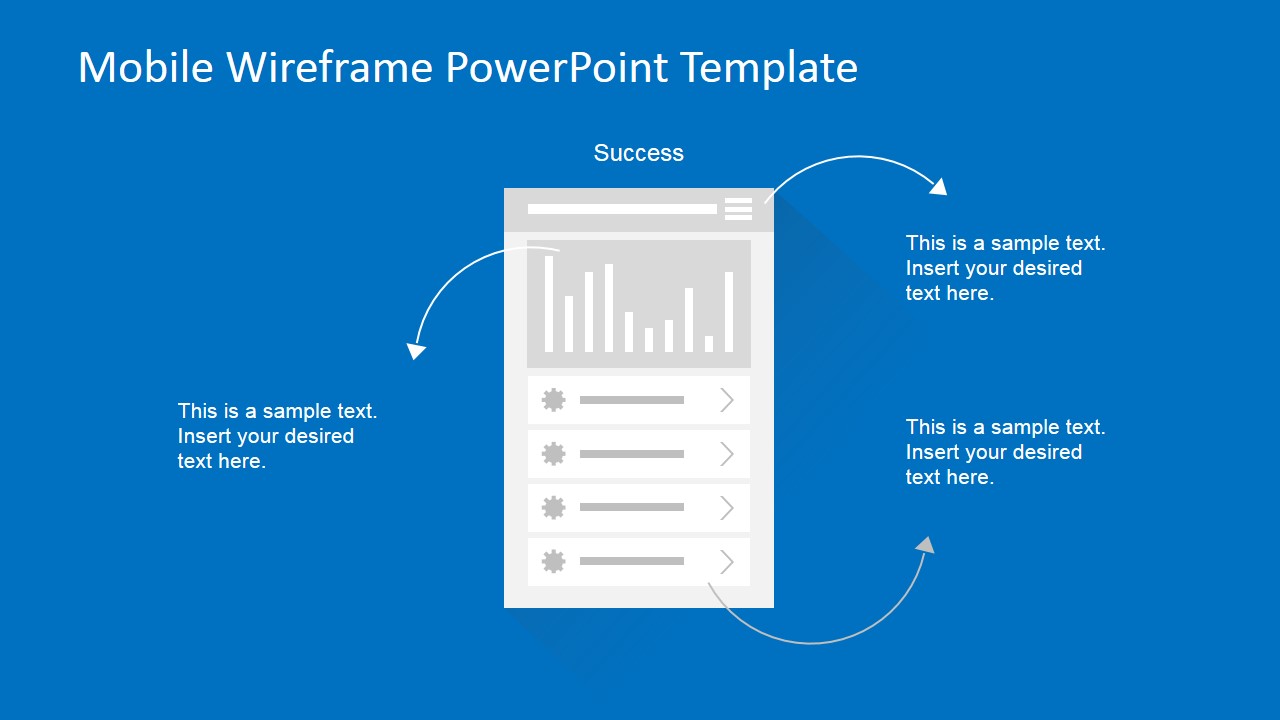
Table widget-Display interactive attribute tables for feature layers with the option to include multiple.Survey widget-Create a survey or use anĮxisting survey in the widget.

You can define how and where to display search results in the app.
Search widget-Place anywhere on the map or page and allow users to find features, records, or locations based on specific layers and locators. Query widget-Retrieve information from a data source by running an attribute or spatial filter query. It uses a card design as a container for a few short descriptions of related information with the option to include a button to view additional details. List widget-Display data records in a custom list view. Filter widget-Limit the visibility of features in a layer to only those that meet the expression criteria. Feature Info widget-Show details about features from a layer. Editing directly in a map widget allows modifying attributes and geometry. Edit widget-Create, update, or delete features in data sources or map widgets. Chart widget-Visualize quantitative attributes from an operational layer to reveal potential patterns or trends. Branch Version Management widget-Manage the versions of branch versionedĭatasets, displaying corresponding versions in other widgets in your app that use the same services. The following is a list of the data-centric widgets that you can add and configure: Users can create starting and barrier points to define the location of a trace.ĭata-centric widgets are functional widgets that can perform as app tools to interact with data sources. A part of proper network management, tracing a network can help utilities deliver resources to customers, track the health of a network, and identify deteriorating areas. Utility Network Trace (beta) widget-Run traces in a utility network to optimize paths for resources to travel. Users can find the best location for an activity, predict susceptibility to risk, identify where something is likely to occur, and more. Suitability Modeler widget-Combine and weight different layers to evaluate multiple factors at once. The widget includes options for previewing extents, selecting layouts, and more. Oriented Imagery widget-Interact with and visualize imagery that is taken from any angle-including oblique, street-side, inspection, and 360-degree images-in a 2D map or 3D scene. Map Layers widget-Display a list of map layers and their symbols. Map widget-Display 2D and 3D geographic information with option to include tools in the map. Legend widget-Display labels and symbols for layers in a map. Fly Controller widget-Showcase fly animation by navigating through a path or around a point on a 3D map. Floor Filter widget-Explore floor-aware maps and scenes made with ArcGIS Indoors. Users can draw or select a line on a 2D web map or 3D web scene. Elevation Profile widget-Generating and display an elevation profile from an input path. Supports adding measurements to drawn graphics for coordinate position, length, perimeter, and area. Draw widget-Create simple graphics for points, lines, and polygons on 2D web maps and 3D web scenes. Directions widget-Calculate routes between two or more stops. Coordinate Conversion widget-Convert coordinates between coordinate systems using multiple notation formats. Business Analyst Infographic (beta) widget-View and populate infographics made with ArcGIS Business Analyst. Bookmark widget-Provide a collection of 2D and 3D spatial bookmarks for a selected map. 
Currently, the widget supports daylight, weather, shadow cast, and line of sight tools.

3D Toolbox widget-Add 3D effects and analysis tools to web scenes.The following is a list of the map-centric widgets that you can add and configure: Map-centric widgets are functional widgets that feature or connect to a Map widget. To preserve optimal performance, there is a 10MB size limit for each upload.Īppear in the Outline section for the active page and in choice lists when you connect widgets. You can upload the following image formats: PNG, GIF, JPG, JPEG, and BMP.







 0 kommentar(er)
0 kommentar(er)
